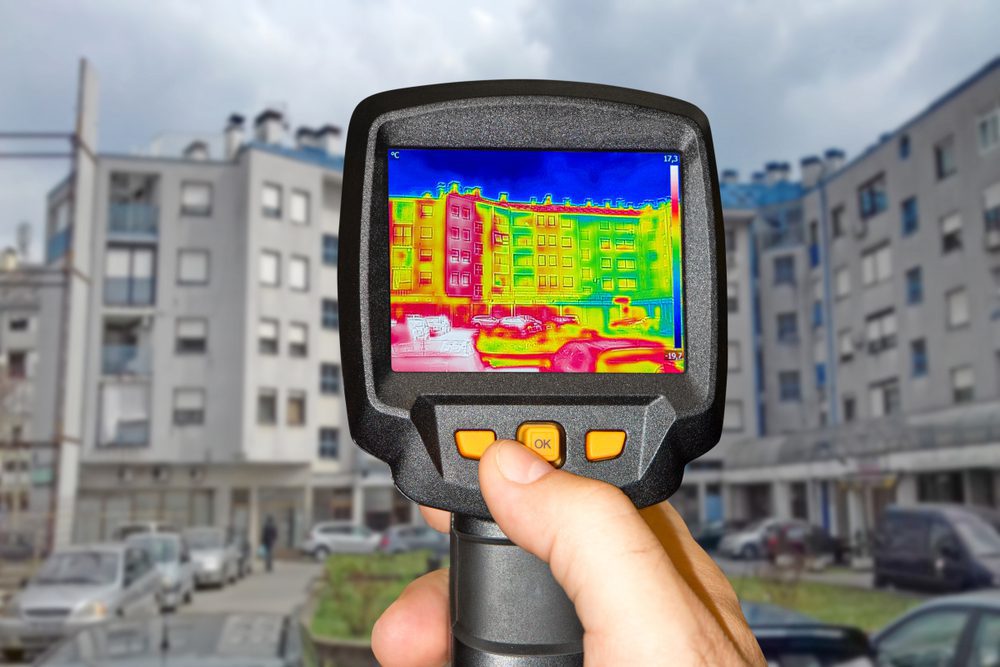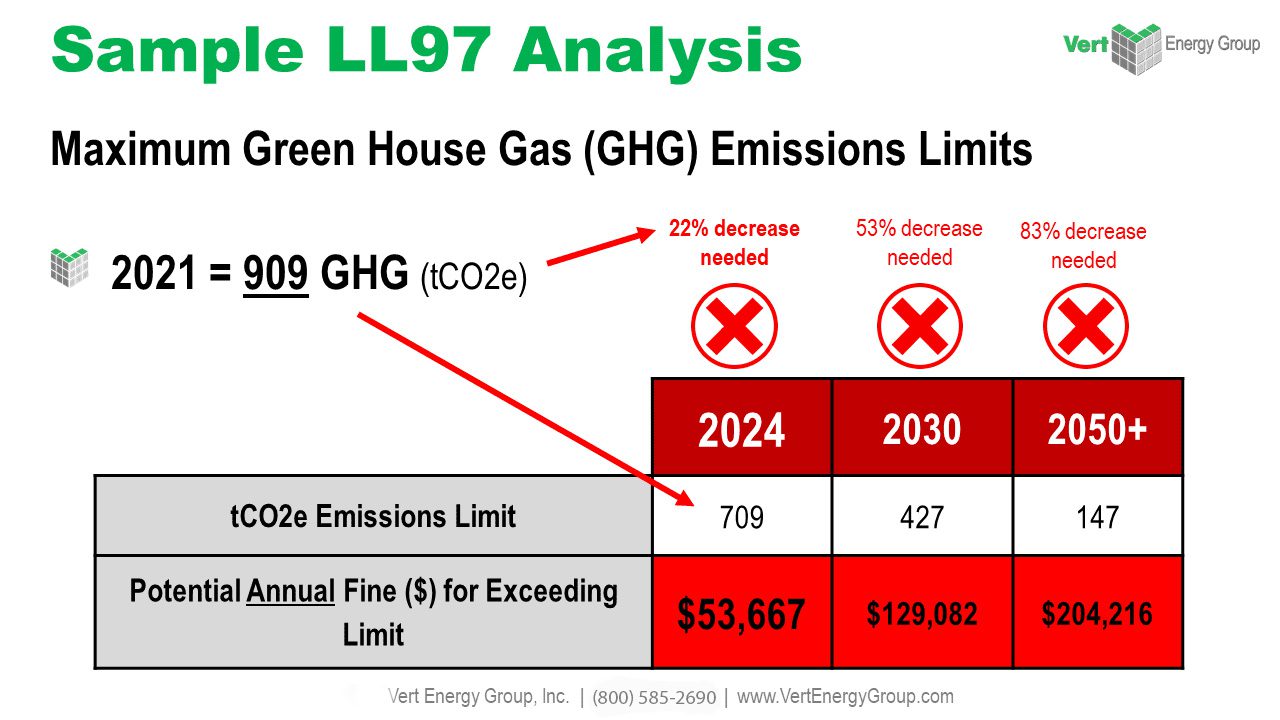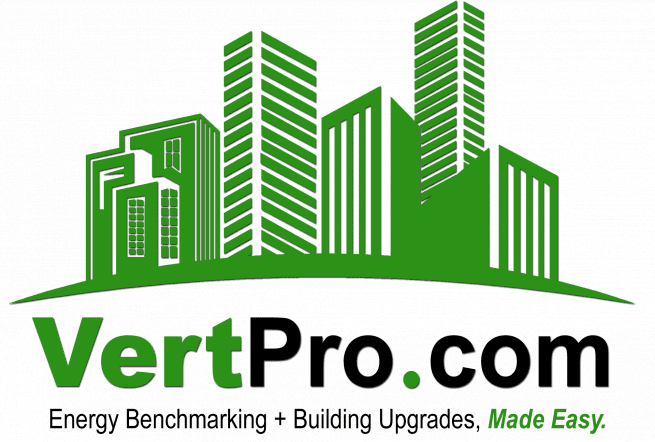Introduction
California, known for its stunning landscapes and beautiful weather, attracts millions of residents and visitors. Among the many desirable features of properties in the state are balconies, providing a perfect spot to enjoy the California sunshine and scenery. However, considering recent balcony accidents and collapses, the California Balcony Inspection Law has been put in place to prioritize the safety of occupants and visitors. In this article, we will delve into the details of the California Balcony Inspection Law, its significance, and how property owners can ensure compliance while safeguarding their investments.
Understanding the California Balcony Inspection Law
The California Balcony Inspection Law was established in response to a tragic balcony collapse incident that took place in Berkeley, California, in 2015. The primary aim of this law is to avert similar accidents by placing specific obligations on property owners in relation to upholding the structural soundness and safety of their balconies.
The legislation is relevant to residential properties across the state. This encompasses a range of housing types such as apartments and condominiums. Within this scope, property owners are obligated to conduct routine inspections aimed at evaluating their balcony’s safety elements, structural stability, and waterproofing mechanisms. The objective remains to guarantee the safety and security of occupants in residential spaces.
Requirements and Frequency of Inspections
The California Balcony Inspection Law outlines several essential elements that must be inspected to ensure the safety of balconies. Primarily, the structural integrity of the balcony must be examined to identify any signs of wear, cracks, or deterioration. A qualified inspector will assess the materials used, the construction techniques, and the load-bearing capacity of the balcony.
Moreover, the inspection should focus on the waterproofing and drainage systems. California’s climate can be characterized by heavy rains and humidity, making it vital to ensure that balconies are well-protected against water intrusion, which can lead to long-term damage if not addressed promptly.
Additionally, the inspection must cover safety features, such as railings and guardrails. These components are crucial in preventing accidents, especially concerning falls from heights. Property owners must ensure that the railings are appropriately installed, durable, and compliant with safety standards.
Consequences of Non-Compliance

Non-compliance with the California Balcony Inspection Law can lead to severe consequences for property owners. Firstly, legal penalties and fines may be imposed, causing financial strain on the owners, and potentially impacting their reputation in the industry. Moreover, failure to comply with the law can result in accidents and injuries, leading to costly lawsuits and liabilities. In extreme cases of negligence, property owners may even face criminal charges if their failure to maintain balconies results in serious harm or loss of life.
Benefits of Complying with the Balcony Inspection Law
While complying with the California Balcony Inspection Law may require an investment of time and money, the long-term benefits far outweigh the costs. The primary advantage is ensuring the safety of tenants, guests, and visitors who use the balconies regularly. By conducting regular inspections, property owners can identify and rectify potential issues before they escalate into hazardous situations.
In addition to safeguarding lives, complying with the law can also help property owners maintain their property’s value. A well-maintained balcony not only enhances the property’s appeal but also demonstrates responsible ownership, attracting potential tenants or buyers.
Furthermore, adhering to the balcony inspection law can foster positive relationships with tenants. Demonstrating a commitment to safety shows that the property owner values the well-being of their occupants, leading to increased trust and tenant satisfaction.
The Inspection Process
To ensure the effective implementation of the California Balcony Inspection Law, property owners must follow a systematic inspection process. Hiring qualified inspectors with expertise in balcony safety and building codes is crucial. These professionals will conduct a thorough assessment, identifying any issues that need immediate attention and offering recommendations for ongoing maintenance.
Prior to the inspection, property owners should prepare the tenants for the process and inform them of the potential temporary inconveniences that may arise during the inspection. This transparency will facilitate cooperation and encourage tenants to report any visible concerns they may have about their balcony’s condition.
Common Balcony Issues and How to Address Them
During the inspection process, several common balcony issues may be identified. Cracks and deterioration in the structure can be caused by exposure to the elements, regular wear and tear, or substandard construction materials. If such issues are detected, immediate repairs should be carried out by reputable contractors to prevent further damage.
Waterproofing failures are another prevalent issue, especially in regions with heavy rainfall and humidity. Addressing waterproofing problems promptly can prevent water intrusion, which could lead to mold growth, structural damage, and costly repairs.
Railing and guardrail deficiencies can also pose significant risks to balcony users. These safety features must be regularly inspected and promptly repaired or replaced if any defects are found.
Balcony Repair and Maintenance
When balcony issues are detected during the inspection, property owners must decide between immediate repairs and deferred maintenance. While deferring maintenance may save costs in the short term, it can lead to more extensive damage and increased repair expenses over time. Hence, property owners are advised to address any identified issues promptly to prevent escalation.
Selecting reputable contractors is paramount in ensuring the quality of repairs and maintenance. Property owners should work with licensed and insured professionals with experience in handling balcony-related problems. Additionally, establishing a regular maintenance schedule is essential to preserve balcony integrity and reduce the risk of potential hazards.
Mitigating Liability Risks for Property Owners

Property owners can take several measures to mitigate liability risks associated with balcony safety. Firstly, obtaining adequate insurance coverage is essential. Liability insurance can protect property owners from financial losses in the event of accidents or injuries resulting from balcony-related issues.
Informing tenants about balcony safety is another crucial step in mitigating liability. By educating tenants about the importance of balcony usage guidelines and reporting any concerns promptly, property owners can create a safer living environment and minimize the likelihood of accidents.
Documenting all inspections and repairs is essential in demonstrating compliance with the California Balcony Inspection Law. Detailed records can serve as evidence of due diligence in the event of legal disputes and help establish a strong legal defense for the property owner.
Furthermore, property owners should be aware of their legal protections under the law. Understanding their rights and responsibilities can empower property owners to make informed decisions about balcony maintenance and tenant safety.
Challenges and Concerns
While the California Balcony Inspection Law is designed to improve safety, property owners may face challenges in its implementation. One major concern is the cost implications of complying with the law. Inspection fees, repairs, and ongoing maintenance can represent a significant financial burden for property owners, especially those with multiple properties.
Balancing safety requirements with budgetary constraints is another challenge faced by property owners. However, it is important to prioritize safety to prevent accidents and avoid more substantial costs that may arise from non-compliance.
Tenant cooperation can also be a concern during the inspection process. Some tenants may be hesitant to allow access to their balconies or may not report potential issues promptly. Establishing clear communication and fostering positive tenant relationships can help overcome these challenges.
Recommendations and Best Practices
To ensure the safety and compliance of balconies, property owners are advised to implement the following recommendations and best practices:
1. Regularly Scheduled Inspections: Implement a consistent inspection schedule to identify and address potential issues promptly.
2. Creating a Budget for Balcony Maintenance: Allocate a budget specifically for balcony repairs and maintenance to ensure financial preparedness.
3. Collaborating with Tenants and Property Managers: Foster open communication and cooperation with tenants and property managers to address concerns and plan inspections effectively.
4. Staying Updated on Changes in the Law: Regularly review the California Balcony Inspection Law and any amendments to remain in compliance with the latest requirements.
Conclusion
The California Balcony Inspection Law is a crucial step towards ensuring the safety of balcony occupants throughout the state. Property owners play a pivotal role in safeguarding the well-being of their tenants and visitors. By understanding and adhering to the law’s requirements, investing in regular inspections, and promptly addressing any identified issues, property owners can create a secure living environment and protect their investments for years to come. Balcony safety should always be a top priority for property owners, as it not only complies with the law but also contributes to the overall well-being and satisfaction of their tenants.
Take charge of your property’s energy efficiency with Vertpro.com – the trusted leader in Commercial Energy Audit and Benchmark Compliance consultancy. Our acclaimed team delivers innovative SaaS (Software as a Service) technology-based solutions, making energy compliance a breeze for Building Owners & Property Managers nationwide. From Energy Benchmarking to Energy Audits/RCx Plus and a cutting-edge Construction Marketplace, we ensure adherence to over 50 Energy Benchmarking & Energy Efficiency Laws. Unleash substantial cost savings and elevate your property’s sustainability with Vertpro.com. Do not miss maximizing your energy potential – explore our solutions today!















